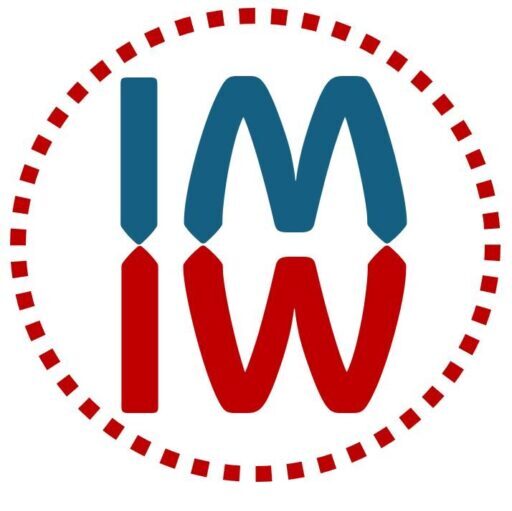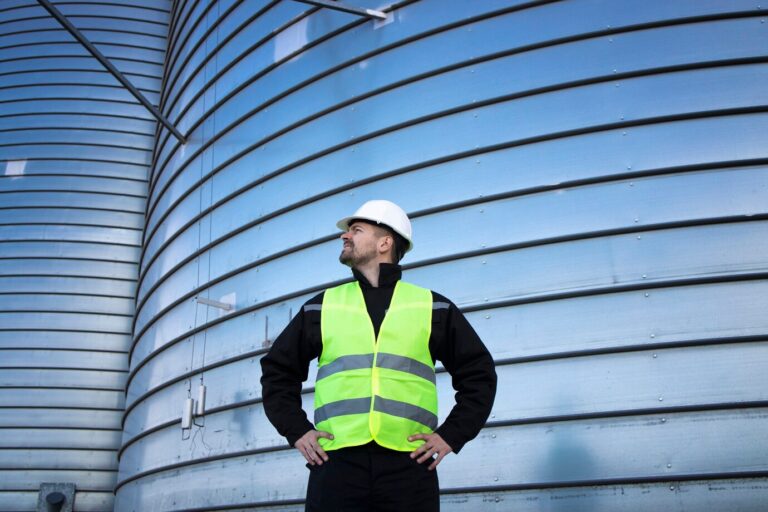The consolidation of NFPA (National Fire Protection Association) Standards in the USA has had a significant impact on the workwear industry globally. These updates have led to numerous advancements, especially in areas related to safety, performance, and innovation. Below are key effects these consolidated NFPA standards have had on workwear, making it more protective and adaptable to various industries worldwide:
1. Enhanced Fire-Resistant Technology in Workwear
The latest NFPA standards have driven the adoption of advanced flame-resistant (FR) fabrics in workwear globally. With stricter regulations around fire protection, workwear manufacturers are now utilizing cutting-edge materials such as aramid fibers (e.g., Nomex and Kevlar) to provide workers with a higher level of protection from heat and fire. This innovation has made workwear safer in industries like oil and gas, electrical, and chemical processing worldwide.
2. Stricter Compliance for Hazardous Work Environments
The consolidation of NFPA standards ensures that all workwear for industries involving electrical hazards, chemical exposure, and extreme heat complies with updated protective measures. This means workwear is now more standardized and reliable across the globe, reducing workplace injuries and fatalities. Employers are increasingly seeking certified, compliant workwear to meet these global safety regulations.
3. Improved Durability and Comfort for Workers
As NFPA standards push for better flame-resistant materials, they have led to the development of workwear that is not only more protective but also lighter and more comfortable. The new regulations encourage the use of fabrics that are breathable, flexible, and ergonomically designed. These materials ensure that workers can move freely while staying safe, reducing heat stress and discomfort during long shifts, no matter the industry.
4. Global Standardization and Easier Cross-Border Compliance
With the consolidation of NFPA standards, workwear manufacturers around the world are now adhering to the same set of guidelines. This has simplified the process of ensuring compliance with international safety requirements. Companies in countries like Canada, the UK, and Australia are now more easily able to meet NFPA requirements, streamlining global operations and promoting unified safety protocols.
5. Advancement in High-Visibility Clothing
The updated NFPA standards have emphasized the importance of high-visibility clothing for workers in hazardous environments, such as construction sites, roadwork, and emergency services. The inclusion of reflective materials and fluorescent fabrics in workwear has led to greater visibility and improved safety for workers, particularly in low-light and night-time conditions. The result is a global increase in accident prevention and worker safety.
6. Integration of New Testing and Certification Processes
As part of the consolidation, new testing procedures have been introduced to ensure that workwear adheres to higher standards of protection. For example, manufacturers are now required to test the flame resistance, arc flash protection, and chemical resistance of fabrics to meet the new guidelines. This has resulted in more reliable and certified protective clothing that workers can depend on in high-risk environments.
7. Focus on Sustainability and Eco-Friendly Materials
The consolidation of NFPA standards has also brought sustainability into focus within the workwear industry. Manufacturers are now encouraged to use eco-friendly materials that meet both performance and environmental standards. This has led to the emergence of green workwear solutions that offer the same high level of protection without compromising on sustainability.
8. Improved Worker Health and Well-being
Incorporating NFPA standards into workwear has also focused on the health and well-being of workers. The new regulations emphasize not just protection against physical hazards, but also the need for comfortable, moisture-wicking, and anti-microbial fabrics to keep workers fresh and healthy during extended shifts. By reducing the risk of skin irritation, fatigue, and heat-related illnesses, this development enhances overall worker productivity and satisfaction.
9. Proactive Risk Management for Employers
As a result of NFPA’s consolidation, companies worldwide are becoming more proactive in addressing workplace hazards. Employers now have clearer guidelines for selecting appropriate workwear based on specific hazards. This proactive approach helps to prevent accidents and injuries, leading to fewer workplace incidents and lowering the costs associated with medical treatments, insurance claims, and legal liabilities.
10. Continuous Innovation in Smart Workwear
With the evolving NFPA standards, the incorporation of smart technologies into workwear has increased. Wearable safety devices like sensors and GPS tracking integrated into clothing can now alert workers and supervisors to potential hazards such as exposure to toxic gases or high temperatures. These innovations are expected to grow globally, providing a new layer of protection and monitoring for high-risk environments.
11. Better Adaptation to Extreme Weather Conditions
The consolidation has led to a better understanding of the impact of extreme weather conditions on workwear. As the global workforce faces more unpredictable weather due to climate change, workwear is being designed with improved weatherproofing for both hot and cold climates. NFPA standards now promote insulated, waterproof, and UV-resistant clothing, ensuring that workers are shielded from environmental elements, no matter where they are located.
12. Encouraging Innovation in Multi-Hazard Protection
The integration of NFPA standards has led to more multi-hazard protective workwear, which safeguards workers from multiple risks simultaneously. Workwear now offers protection against flames, electrical arc flash, and chemical spills, ensuring that workers in highly dangerous environments are shielded from several potential threats at once. This multi-layered approach is key for industries such as electrical, petrochemical, and industrial manufacturing.
Conclusion: NFPA’s Global Impact on the Workwear Industry
The consolidation of NFPA standards has revolutionized the workwear industry worldwide. By driving advancements in fire-resistant technology, global compliance, and worker safety, these standards have ensured that workwear provides the highest levels of protection, comfort, and durability. The workwear industry’s future will continue to evolve with these standards, making safety a priority in workplaces around the globe. As more companies turn to NFPA-compliant gear, workers everywhere can enjoy safer, more reliable protection tailored to the demands of their jobs.






